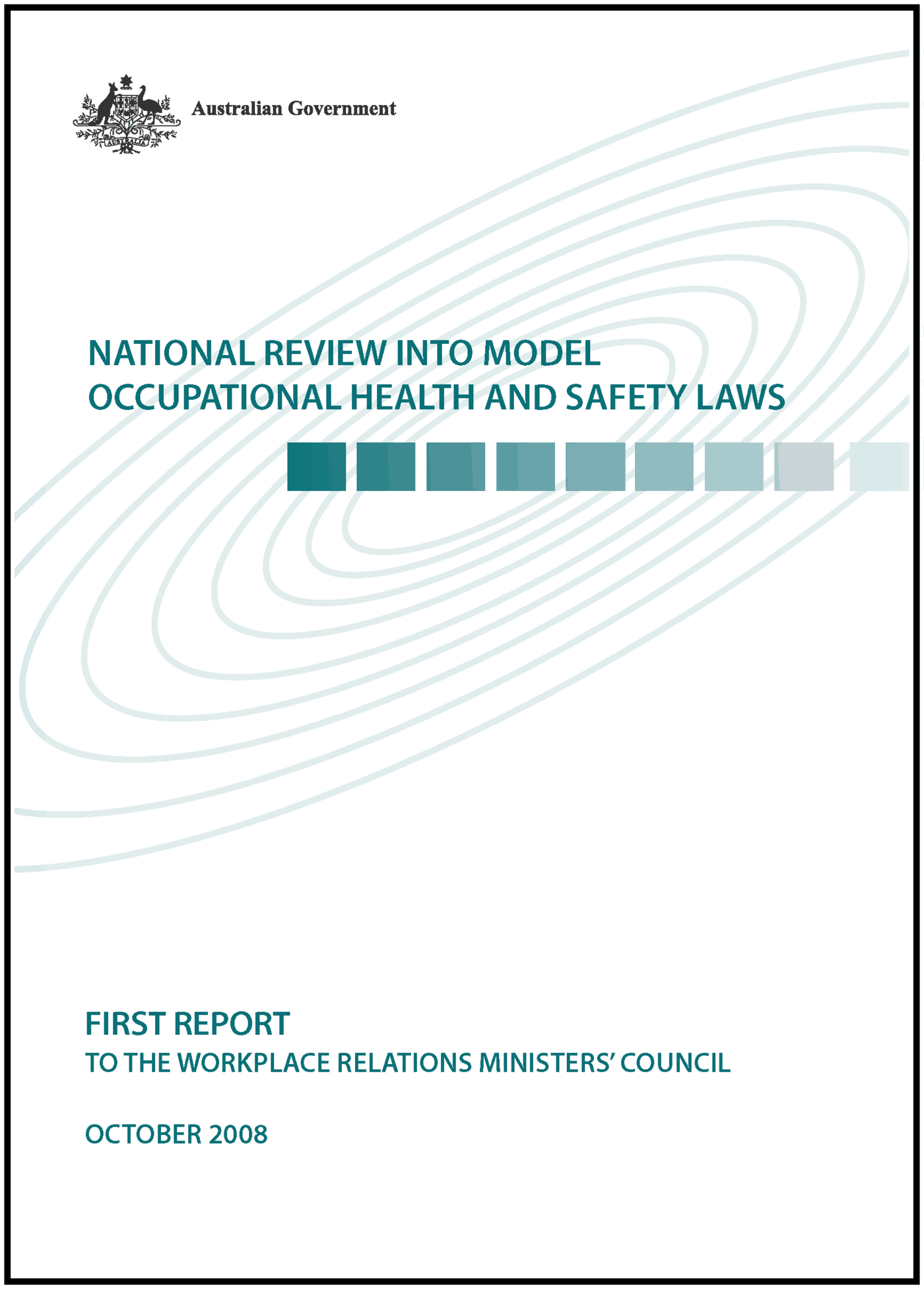The 11 November 2008 edition of The Australian includes a page 2 story where the previous manager of the Beaconsfield Mine has been called on to be held responsible for the management failures that led to the death of Larry Knight in 2006. The call was made by counsel for Larry Knight’s family and the Australian Workers’ Union in a submission to the Tasmanian inquest into the fatality.
According to the media report, the wrong decision was made in trying to stabilise the working area of the mine and that the risk assessment process was inadequate. The latter comment should be of considerable interest to OHS regulators and safety professionals.
The importance of the Tasmanian Coroner’s findings are illustrated by comments in the submission by the counsel for the mine. The media report says that
“…Dr Neal tells the Coroner the mine had done all it reasonably could to guard against the risk of rockfall and to manage the mine’s notorious seismicity.” [emphasis added]
This is particularly important when considering the introduction of “reasonably practicable” into the OHS legislation throughout the Australian States being considered by the National OHS Law Review.
It is regrettable that the to-ing and fro-ing in the inquest is not getting as much media attention in the non-mining states, as there have been many risk management and accountability issues raised. The media is likely to wait until the findings of the Coroner, Rod Chandler, and focus on the result rather than the journey.
There was a similar experience in New South Wales with the inquiry that followed the drowning of four mine workers at the Gretley mine in November 1996. The information did not resonate to the rest of Australia except through the mining sector, yet there were important lessons from the inquiry. Most OHS professionals, if at all, would recollect the prosecution of Gretley mine managers on matters of culpability, rather than the death of the four workers.
When the Tasmanian Coroner hands down his findings in the near future, it will be very useful to consider them in the light of the earlier reports, assessments and papers, among many others, listed below.
SafetyAtWorkBlog is a strong advocate of learning new OHS management practices by looking beyond one’s field of expertise. OHS professionals, safety managers and risk managers need to watch the action in Tasmania and other jurisdictions for themselves and not rely on a small group of OHS lawyers to bring matters to their attention and advise them how to avoid their responsibilities. Accountability is a moral and legal responsibility.
Holding Corporate Leaders Responsible by Andrew Hopkins
The Impact of the Gretley Prosecutions by Andrew Hopkins
Mine Safety – Law, Regulation, Policy by Neil Gunningham
A submission by the Tasmanian Minerals Council on CRIMINAL LIABILITY OF ORGANISATIONS – ISSUES PAPER NO 9, JUNE 2005 to the Tasmanian Law Reform Institute
N Gunningham, ‘Prosecution for OHS offences: deterrent or disincentive?’ (2007) Sydney Law Review, 29 (3), pp 359-390.
R Guthrie and E Waldeck, ‘The liability of corporations, company directors and officers for OSH breaches: a review of the Australian landscape’ (2008) Policy and Practice in Health and Safety 6(1),
pp 31-54.
N Foster, ‘Mining, maps and mindfulness: the Gretley appeal to the Full Bench of the Industrial Court of NSW’ (2008) Journal of Occupational Health and Safety – Australia and New Zealand 24(2),
pp 113-129.


